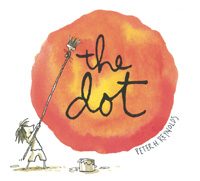Todays lecture was focussed on using alternative approaches to art education. Specifically concentrating on Room 13 which is an art studio in a school where children are permitted to lead their own learning and let their imagination run free while creating their artwork with a teacher there only for assistance when needed. We were shown a video explaining what Room 13 is and hearing the pupils opinions on the initiative and how it had benefitted them. This was very insightful as it showed the positive impact that allowing children to be creative has on them.
Art
In todays art class we were continuing to consider room 13. Again, we discussed the benefits this project has on children such as increased independence and confidence in their ability to produce art. We were shown various pieces of work that has came from room 13 and analysed them thinking about the inspiration behind them etc.
I think that the room 13 project is very beneficial and something I will continue to consider.
Music

Today we were introduced to the use of figure notes. This is when sheet music with musical notes is replaced by colours and shapes representing a note. Using this resulted in it being far easier to play a musical piece as the barrier of being able to read the music notes was removed. This showed how music can be taught in a simpler form for those who would struggle reading sheet music and provides quicker results for them and increasing their confidence with their ability to play music.
We had the opportunity to use figure notes for ourselves by playing tunes such as jingle bells and twinkle twinkle on the keyboard, glockenspiel and guitar.
I think figure notes is very useful and I will definitely use it throughout my career.
http://news.bbc.co.uk/1/hi/scotland/8579853.stm

























